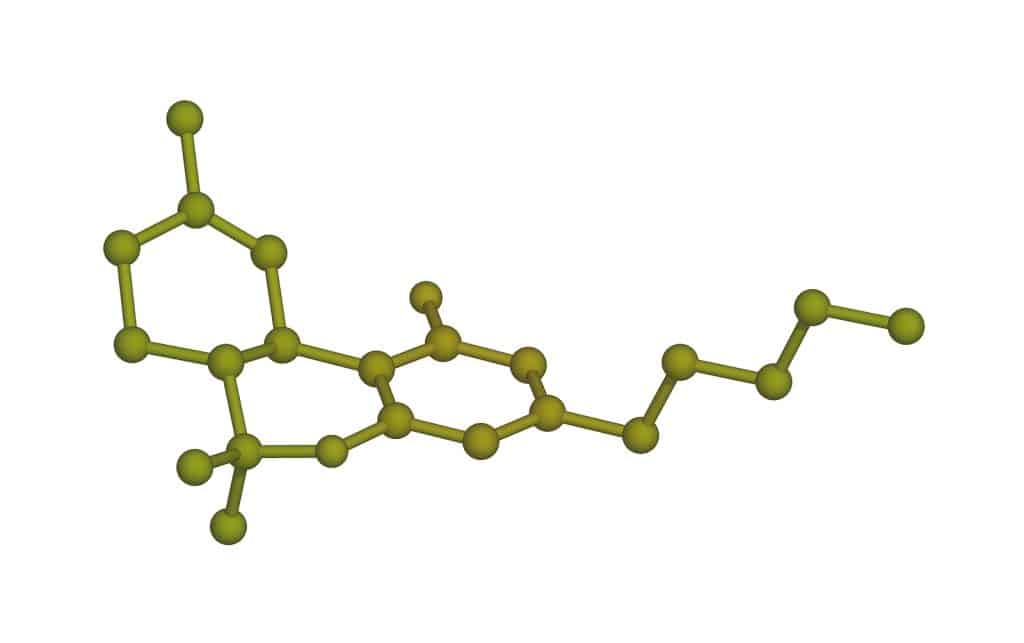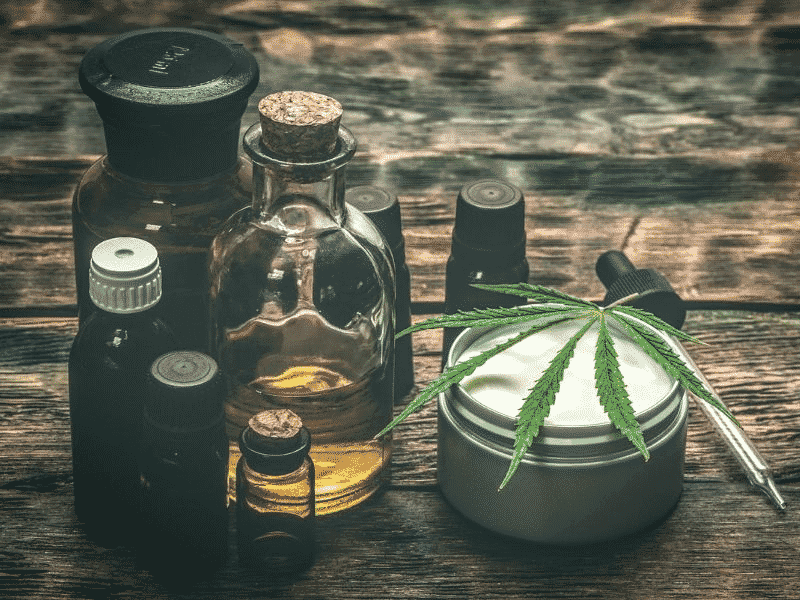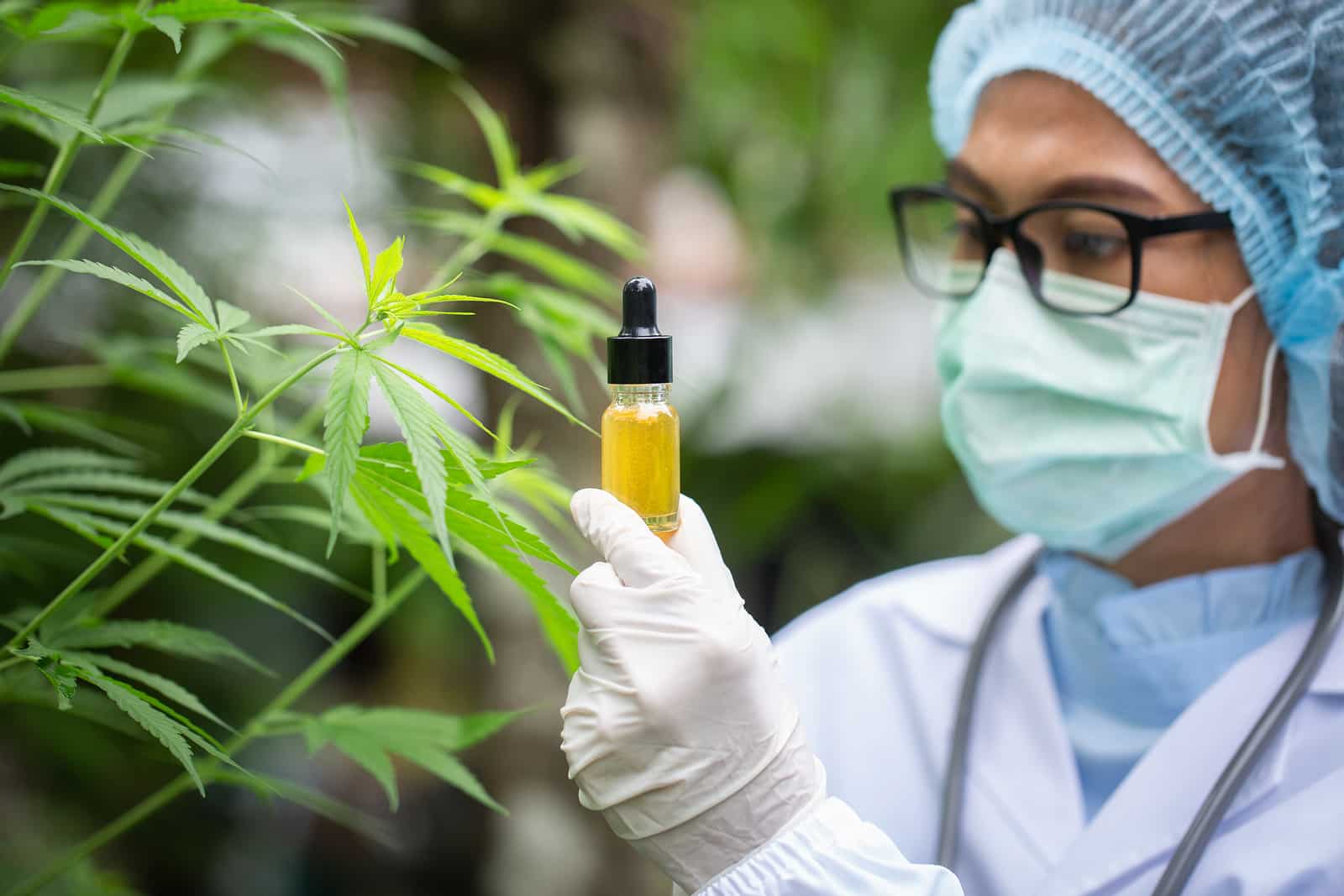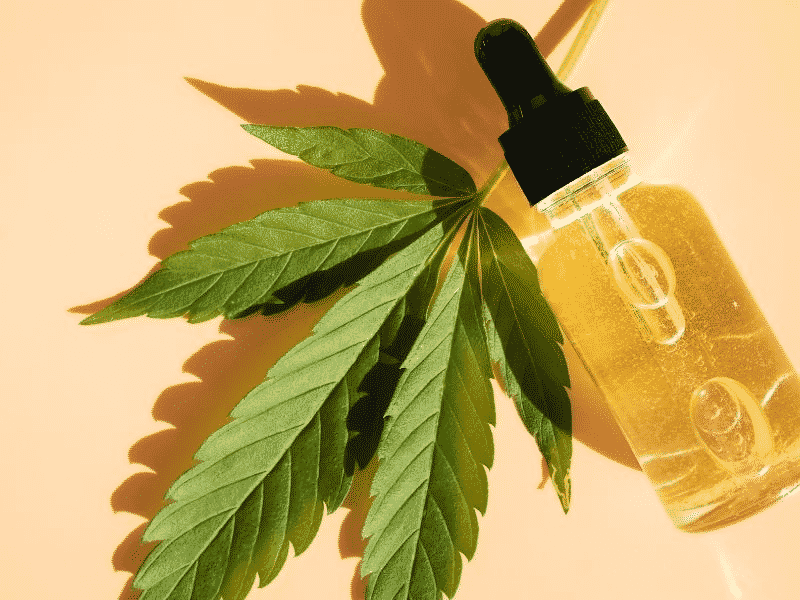In recent years, the cannabis industry has witnessed a surge of interest in the therapeutic potential of various cannabinoids. Delta 8 THC and Delta 9 THC have garnered significant attention. Both compounds naturally occur in the cannabis plant and share similar chemical structure. This article aims to provide a comparative analysis of the therapeutic potential of these cannabinoids, shedding light on their respective benefits. Read more about it on various blogs and platforms dedicated to cannabis research and education.
Table of Contents
Delta 8 THC: A Brief Overview:
Delta-8-tetrahydrocannabinol is a minor cannabinoid found in trace amounts in the cannabis plant. It shares a close structural resemblance to Delta 9 THC, the more well-known psychoactive compound in cannabis. However, it is less potent in terms of its psychoactive effects. This means it can offer some therapeutic benefits without the intensity of a typical “high.”

Delta 9 THC: The Traditional Player:
It is often referred to as THC, the primary psychoactive compound in cannabis. Its psychoactive effects are well-documented, leading to the euphoric sensation commonly associated with marijuana use. Apart from its recreational use, it has been explored for potential medical applications.
Comparative Therapeutic Benefits:
Pain Management
Both have shown promise in pain management. They interact with the endocannabinoid system, which regulates pain perception. These cannabinoids can help reduce pain and discomfort in various conditions, including chronic, neuropathic, and inflammation.
Anxiety and Stress
These have also been studied for their potential in managing anxiety and stress. They can interact with the brain’s receptors to induce a calming effect. Some users report reduced anxiety levels and improved mood after consuming these compounds, though individual responses may vary.

Nausea and Appetite Stimulation
One of the well-known therapeutic effects of Delta 9 THC is its ability to alleviate nausea and stimulate appetite. This is particularly useful for individuals undergoing chemotherapy or those with eating disorders. Delta 8 THC may offer a similar benefit without the strong psychoactive effects, making it a more manageable option for some patients.
Sleep Disorders
These may also have potential applications in treating sleep disorders such as insomnia. By promoting relaxation and reducing anxiety, these cannabinoids can help individuals fall asleep faster and experience more restful sleep.
Neuroprotective Properties
Some research suggests that both have neuroprotective properties. They could slow the progression of neurodegenerative diseases like Alzheimer’s and Parkinson’s disease by reducing inflammation and oxidative stress in the brain.
Anti-Inflammatory Effects
Inflammation is at the root of many chronic diseases. Both have shown anti-inflammatory properties, which could make them useful in managing conditions like arthritis and multiple sclerosis.

Summing it Up
These cannabinoids derived from the cannabis plant offer a range of therapeutic benefits without discussing any potential risks or drawbacks. They have demonstrated promise in pain management, anxiety reduction, nausea relief, appetite stimulation, sleep improvement, and potential neuroprotective and anti-inflammatory effects.
It’s important to note that individual responses to these cannabinoids can vary, and more research is needed to understand their therapeutic potential fully. As cannabis research continues to evolve, you’ll likely uncover even more applications for these compounds in medicine. If you’re interested in learning more about these exciting developments, Read more about them on various blogs and platforms dedicated to cannabis research and education. With ongoing research and increasing acceptance of cannabis-based therapies, the future looks promising for those seeking alternative treatments for various health conditions.
Read more – Oklahoma’s Medical Marijuana Laws and Regulations








